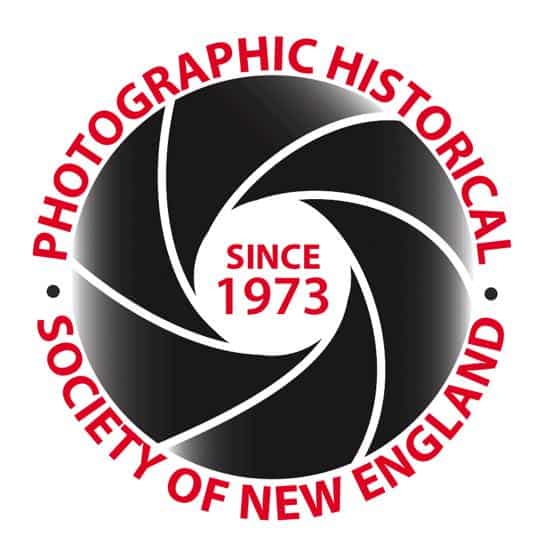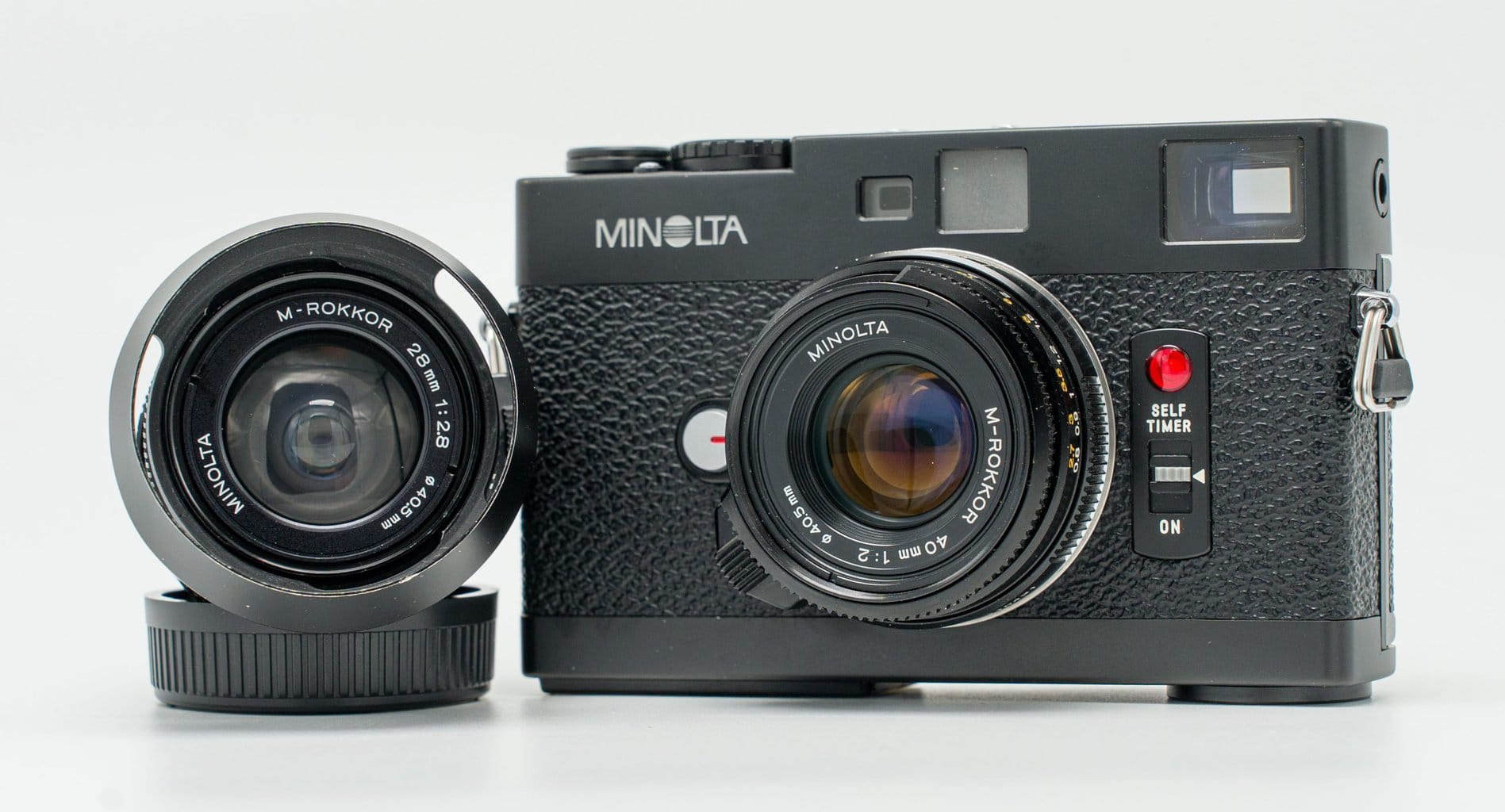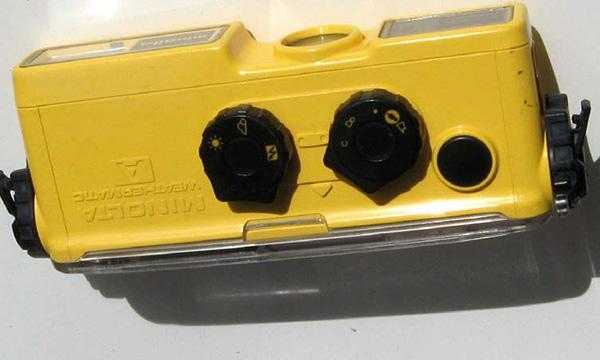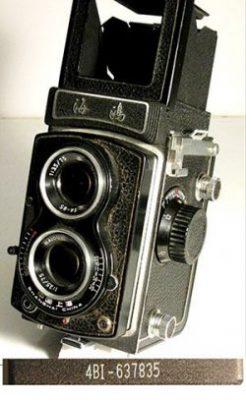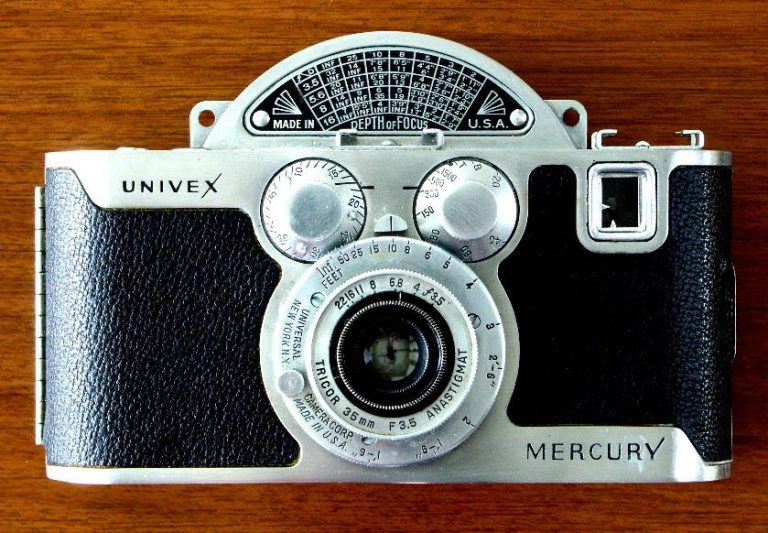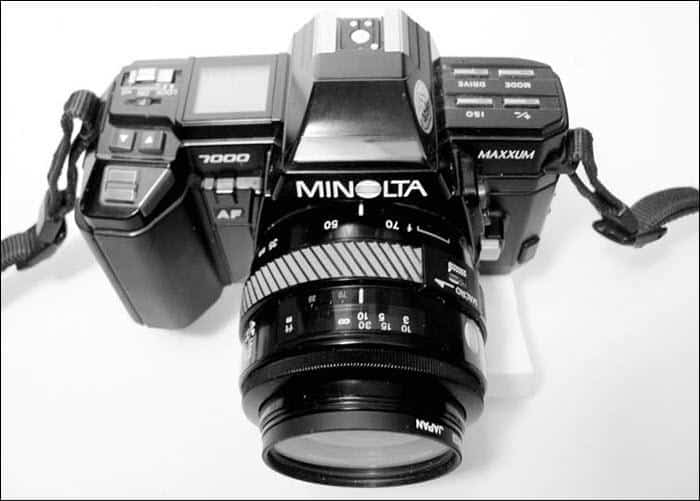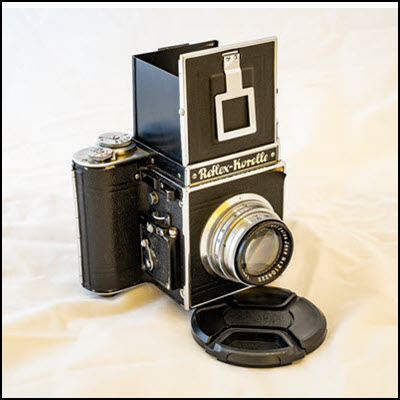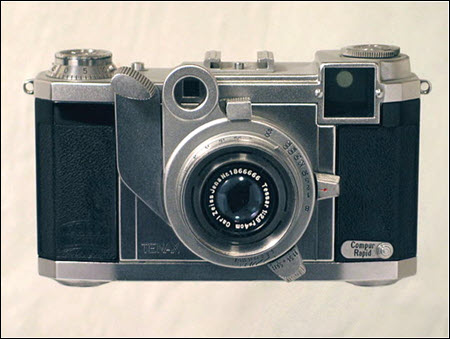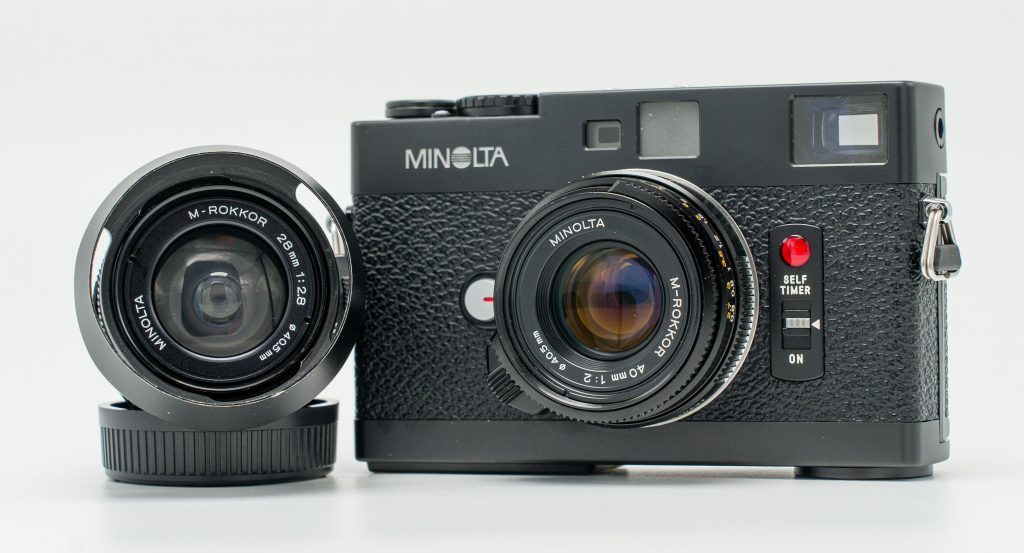
The Minolta CLE was developed during the cooperation agreement, 1972-1986, between Minolta Camera Company, Ltd. of Osaka, Japan, and Ernst Leitz, GmBH of Wetzlar, Germany. Introduced in 1980, it featured aperture priority automation with an electronic shutter based on the Minolta XG-E/XG-7 circuit design.
Accurate exposure was achieved with through the lens (TTL) metering using a silicon photo detector (SPD) that was located at the bottom of the film chamber and measured the reflected light from the unique pattern printed on the focal plane shutter. TTL flash exposure was done off the film when used with the CLE flash unit. The camera body size was similar to the earlier Minolta/Leitz CL from 1973.
Photographers with Leica M-mount lenses now had a body with leading edge electronic automation. Focus accuracy was improved over the earlier Minolta/ Leitz CL with an effective rangefinder base length of 29mm versus CL’s 19mm. Compact size, lighter weight and ease of use were always the strong selling features of the Minolta/Leitz CL. The CLE added the convenience of exposure automation and faster film loading using a hinged camera back. Minolta introduced a trio of Minolta Rokkor multi-coated 28mm, 40mm and 90mm lenses to match the bright and clear viewfinder of the CLE.
By the late 1960s, Leica M rangefinder sales were suffering due to the SLR’s rising popularity. To help boost M-rangefinder camera sales, in 1971 Leica released the M5 with TTL match-needle exposure metering. Also awaiting was a more affordable Compact Leica, called CL with exposure metering based on the M5. Manufacturing costs prevented the CL being made in West Germany.
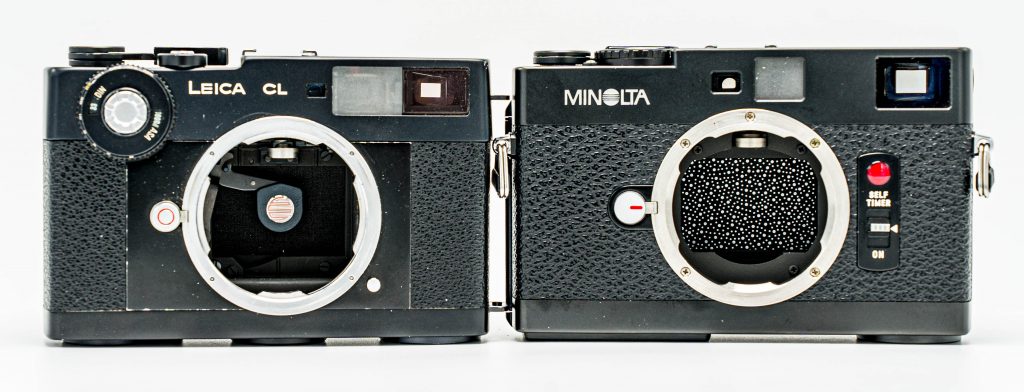
Leitz was ready to partner with Minolta which had a reputation for making the innovative SR-series SLR and the Hi-Matic compact 35mm camera. This reputation in the mid-priced cameras did not help Minolta with the professional SLR market dominated by the Nikon F. Minolta, and Kazuo Tashima, founder and chairman of Minolta, was looking for a struggling but famous German camera maker to lend them prestige and for better financial health, with sustainable growth for both companies.
While the focus of the technology agreement was to develop SLR bodies and lenses, Leitz first asked Minolta to complete the design of the CL and have it made at Minolta’s Osaka factory. The Minolta made CL was released in 1973. It was smaller and lighter than the bulky M5 and started to take sales away from full sized Leica M-rangefinders. During 1976, Leitz discontinued the Minolta/Leica CL because it failed to bring a new group of first time Leica buyers and was essentially robbing Leica M sales. With the Leica M5 missing the sales and profitability targets, it was discontinued in 1975.
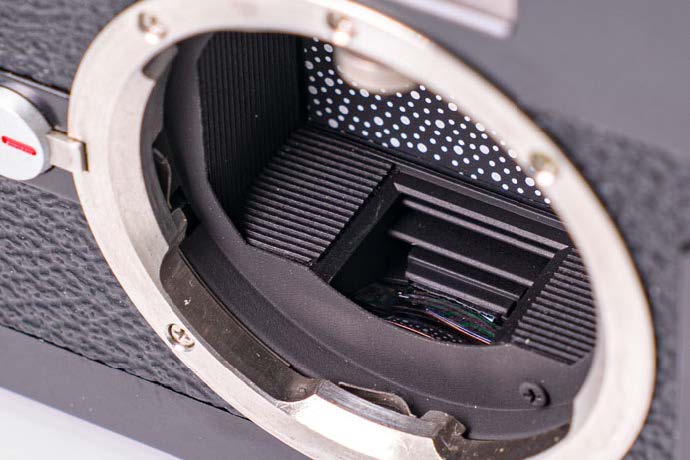
Minolta sensed there was a market for a compact German styled premium rangefinder. They developed the CLE and M-mount lenses based on the collaboration agreement. Minolta CLE received favorable reviews but it only resulted in limited sales success. Production life for the CLE was 1980 to 1985 with approximately 35,000 cameras manufactured.
The Leitz and Minolta collaboration remained focused on SLR. See here for details about the unusual and unexpected collaboration between Leitz and Minolta.
What the heck…
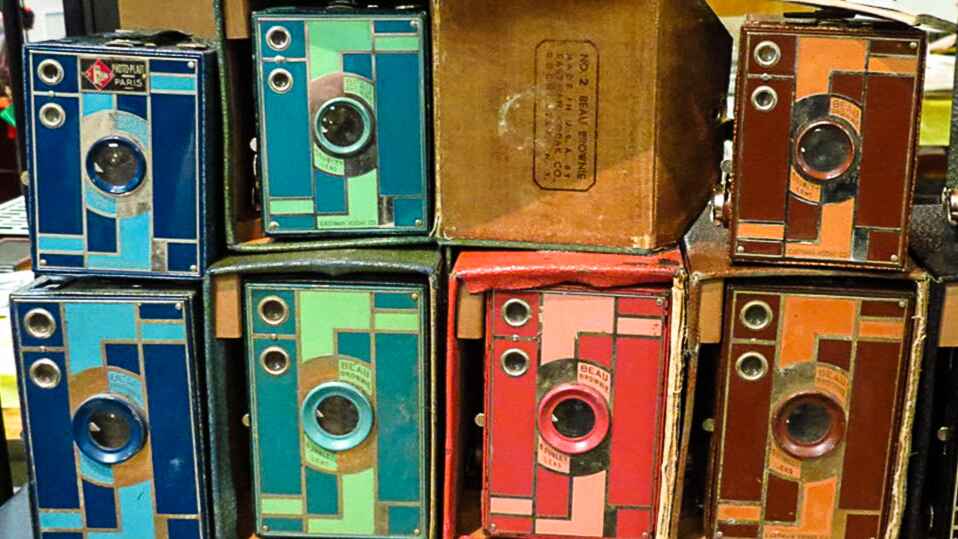
Are Those Even Cameras?!
Join the PHSNE Newsletter and learn more about photographic history and preservation. Already an expert? Come and share your collections and knowledge as we celebrate the history and advancement of photography.
